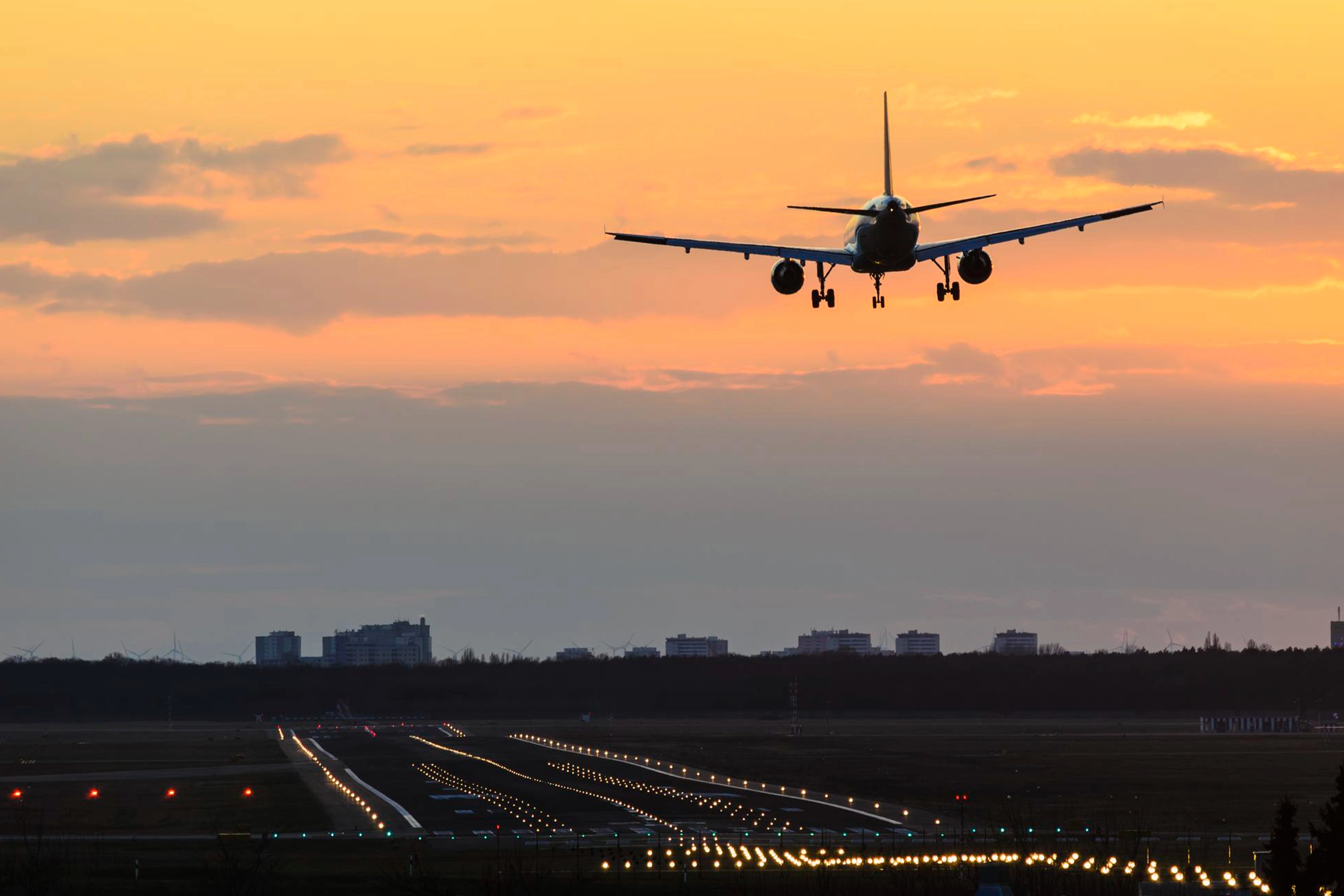The Future of Air Travel: Forecasting Demand to 2040
The aviation industry has always been a bellwether for global economic health, consumer confidence, and technological progress. After weathering one of the most disruptive periods in its history during the COVID-19 pandemic, air travel is now entering a new era—one defined by resurgent demand, geopolitical shifts, and the urgent push toward sustainability.
Industry forecasts suggest that by 2040, global passenger demand could nearly double compared to pre-pandemic levels, but the trajectory will vary depending on economic growth, carbon regulations, and regional market dynamics.
The Recovery Story: Beyond 2019 Benchmarks
By 2024, passenger traffic had already surpassed 2019 levels, signaling strong consumer appetite for both leisure and business travel. In 2025, demand is projected to reach 108% of pre-pandemic benchmarks. This rebound is fueled by:
Rising incomes in emerging markets
Expanding middle-class populations in Asia-Pacific
The gradual return of long-haul and corporate travel
While these gains are promising, the speed and stability of recovery differ regionally. North America and Europe are stabilizing, whereas Asia-Pacific continues to be the primary engine of growth.
Long-Term Growth Drivers
Looking ahead, several factors will shape the next 15 years of air travel demand:
1. Emerging Market Expansion
The Asia-Pacific region is expected to account for more than half of global incremental passenger demand, driven by urbanization, growing disposable income, and greater intra-regional connectivity.
2. Technological Innovation
Aircraft efficiency gains, sustainable aviation fuels (SAF), and potential breakthroughs in electric or hydrogen propulsion could help balance growth with sustainability mandates.
3. Policy & Carbon Costs
Carbon taxes and stricter emission policies will play a pivotal role. While they may slightly dampen demand in developed markets, they will also accelerate adoption of green aviation solutions.
4. Geopolitical Uncertainty
Trade tensions, conflicts, and travel restrictions could introduce volatility, particularly in long-haul international routes. Airlines with diversified networks will be better positioned to adapt.
Baseline vs. Constrained Scenarios
Baseline Forecast: By 2040, global passenger traffic could reach nearly 180% of 2019 levels.
High-Growth Scenario: Strong economic expansion and faster adoption of SAF could push demand even higher.
Constrained Scenario: Prolonged geopolitical instability or aggressive carbon pricing may suppress growth, particularly in Europe and North America.
What This Means for Stakeholders
Airlines: Must optimize fleet strategy and route planning around demand growth in Asia and the Middle East while maintaining resilience in slower-growing Western markets.
Airports: Infrastructure investments should prioritize capacity expansion in high-growth hubs like Southeast Asia, India, and the Gulf states.
Tourism Boards: Strategic partnerships with airlines can capture inbound demand from new middle-class travelers.
Investors: The aviation sector remains a long-term growth story, but sustainability and policy risks must be priced into every investment decision.
Final Takeaway
Air travel’s future is neither linear nor uniform. While the world is poised for significant growth in passenger demand through 2040, the industry must navigate a complex web of sustainability imperatives, regional disparities, and geopolitical uncertainties. Stakeholders who embrace flexibility, digital forecasting tools, and green innovation will be best positioned to thrive in this evolving landscape.
